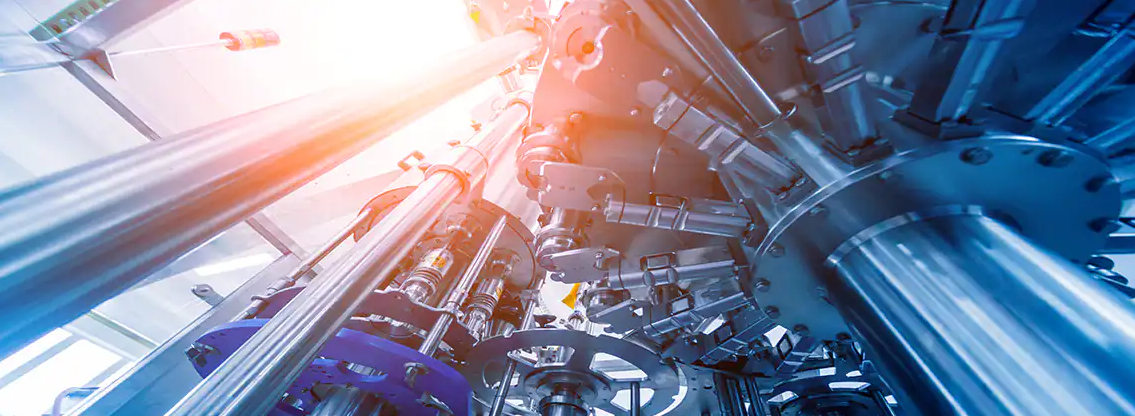Aluminum casting molds play a crucial role in the manufacturing process of various industries. From automotive parts to household appliances, the versatility and durability of aluminum make it an ideal material for creating precision components. However, the success of aluminum casting largely depends on the quality of the molds used. In this article, we will explore the art of creating aluminum casting molds and the essential steps involved in achieving excellence in this craft.
Designing the Mold:
The first step in creating an aluminum casting mold is designing. A well-designed mold is vital for ensuring the accuracy and efficiency of the casting process. Typically, the design process involves utilizing computer-aided design (CAD) software to create a digital model of the desired component. The design includes aspects such as part geometry, gating system, cooling channels, and ejection mechanism. Precise attention to detail and knowledge of the casting requirements are crucial during this stage.
Material Selection:
The choice of mold material is another critical factor in creating aluminum casting molds. Typically, mold materials are selected based on factors such as thermal conductivity, mechanical properties, and cost-effectiveness. Commonly used mold materials include steel, aluminum alloys, and various grades of iron. The selection depends on the complexity of the component, desired mold life, and budget constraints.
Pattern Making:
Once the mold design is finalized, the next step is pattern making. A pattern is a replica of the final component, usually made from wood, plastic, or metal. Patterns help in creating the mold cavity and ensure the accurate reproduction of the desired part. Skilled pattern makers carefully carve or machine the pattern to the exact specifications, allowing for proper shrinkage and other casting considerations. The quality of the pattern directly impacts the final casting’s accuracy and surface finish.
Mold Fabrication:
With the pattern ready, the mold fabrication process can begin. The chosen mold material is shaped and machined to form the mold cavity. Skilled mold makers employ various techniques, including CNC machining, milling, and grinding, to achieve the desired mold shape and surface finish. The mold must be precise and free from any defects to ensure the quality of the final casting.
Coating and Core Making:
To enhance the mold\’s performance, coatings are often applied to the mold cavity. These coatings act as a barrier between the molten aluminum and the mold, preventing metal penetration and aiding in the release of the casting. Additionally, cores may be used to create internal features of the component. Cores are made from sand or other materials that can withstand the heat and pressure of the casting process. Core making involves creating the necessary cores and securely placing them within the mold.
Heat Treatment and Finishing:
After the mold fabrication is complete, heat treatment may be applied to increase its hardness and durability. This process involves subjecting the mold to controlled heating and cooling cycles to improve its mechanical properties. Once the heat treatment is done, the mold undergoes a thorough finishing process, ensuring that any imperfections or rough surfaces are eliminated. This step ensures that the mold is ready for the casting process.
Testing and Quality Assurance:
Before the mold is put into production, it undergoes rigorous testing and quality assurance procedures. Various tests, such as dimensional analysis, surface inspection, and mold flow simulation, are conducted to ensure that the mold meets the required specifications. Any necessary adjustments or modifications are made to ensure optimal performance.
Creating aluminum casting molds requires expertise, precision, and attention to detail. From design to testing, each step plays a vital role in ensuring the quality and accuracy of the final casting. By mastering the art of creating aluminum casting molds, manufacturers can produce high-quality components that meet the demands of modern industries.
-

- Heildsölu magnesíumblendi barnahjól fyrir 3 til 5 ára 12 tommu krakkahjól OEM Ódýrt
-

- Magnesíum álfelgur deyja-steypu Bílavarahlutir stjórnandi hús
-

- Magnesíum álfelgur þikómótandi deyja-steypu UAV hlutar
-

- Hlíf fyrir fartölvuhús C
-

- Magnesíum steypuhlutar Stýrisstöng
-

- Mangsíum álfelgur deyja-steypu Thixomolding málm bremsur

 0086-750-5616188
0086-750-5616188 +86 13392089688
+86 13392089688 sales@zhongmei-tech.com
sales@zhongmei-tech.com








